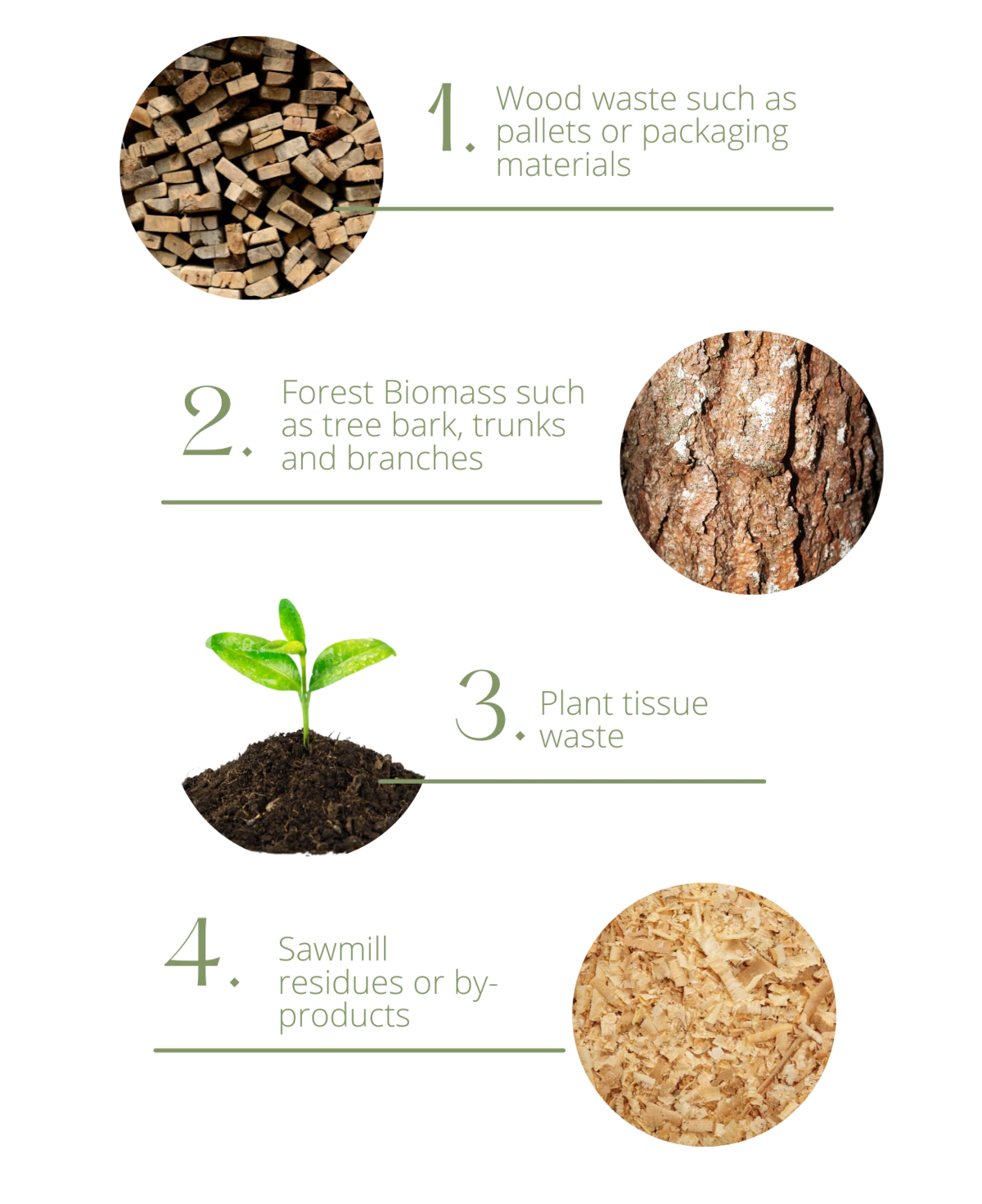Adopting ecological awareness and contributing to the negative environmental impacts of the industry.
At Stereotis, we are deeply committed to adopting ecological awareness and minimizing the negative environmental impacts of industry. We recognize the importance of protecting and preserving our ecosystems, and we make careful choices about our partners based on their commitment to the environment.
Our main partners and suppliers of raw wood materials have adopted sustainable practices in their production process, which significantly reduces the environmental impact of their operations. We work with partners who integrate environmentally friendly processes that comply with legal institutions and minimize emissions of gasses and industrial waste to the external environment.
Our suppliers source raw materials from sustainable forestry, which is an important part of our commitment to responsible and ethical business practices. We view processing as the first stage of the wood life cycle, which is part of the circular economy that we support.
We take a responsible approach to the collection, processing, recycling, and use of biomass residues and solid biomass residues (wood) that result from the completion of industrial production activities. These materials are transformed into “green energy” products, which are critical to achieving a sustainable future for our planet.
What is solid biomass recycling?
Solid biomass recycling involves the reuse of organic materials resulting from the completion of industrial processing. At Stereotis, we focus on wood-based organic materials, which are the solid biomass that results at the end of their natural life cycle.
Where do organic materials come from?
1.Waste wood such as pallets or packaging materials
2.Forest Biomass such as barks, trunks and branches of trees
3. Plant tissue waste
4. Sawmill residues or derived products

These organic materials come from a variety of sources, including waste wood such as pallets or packaging materials, forest biomass such as barks, trunks, and branches of trees, plant tissue waste, and sawmill residues or derived products.



